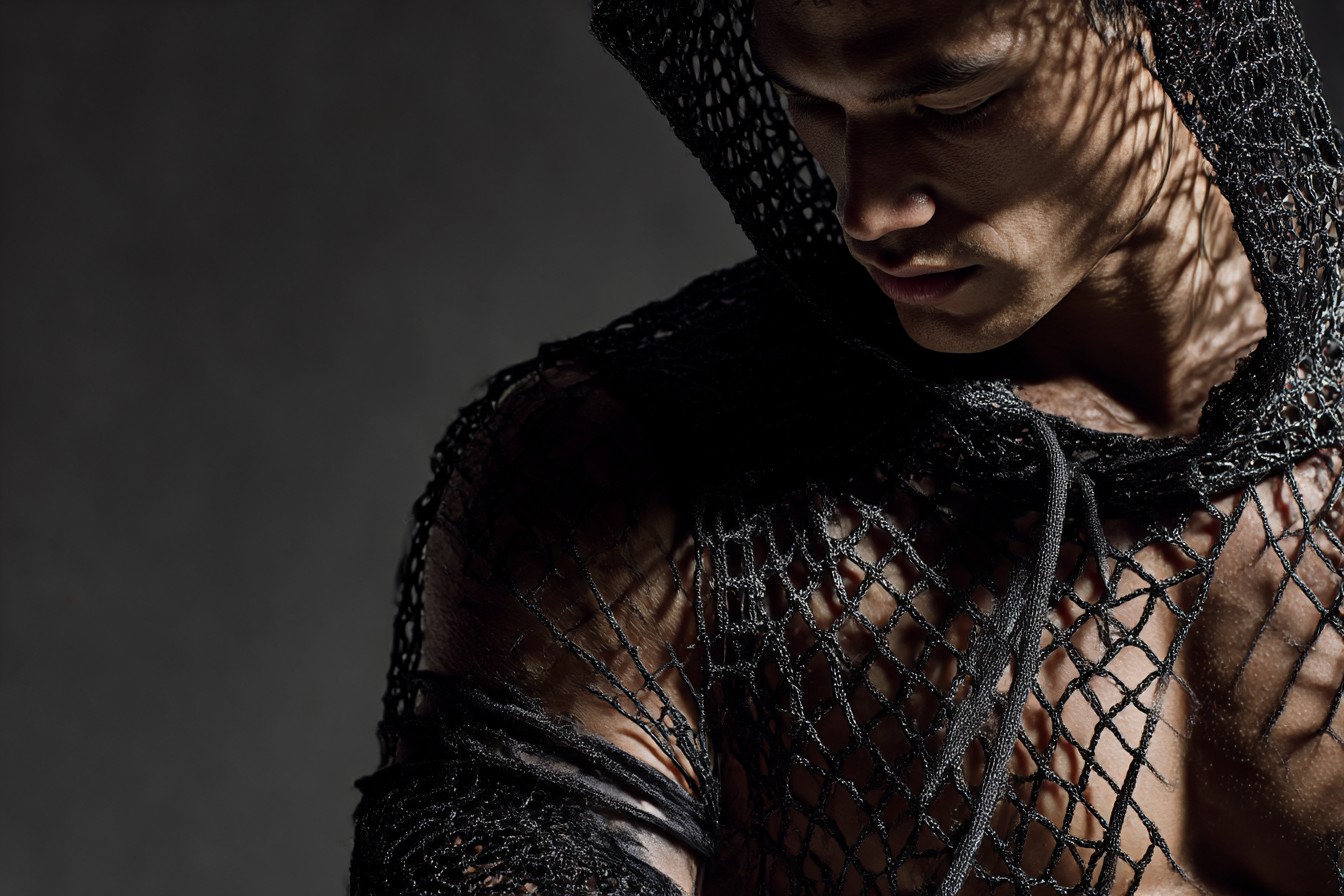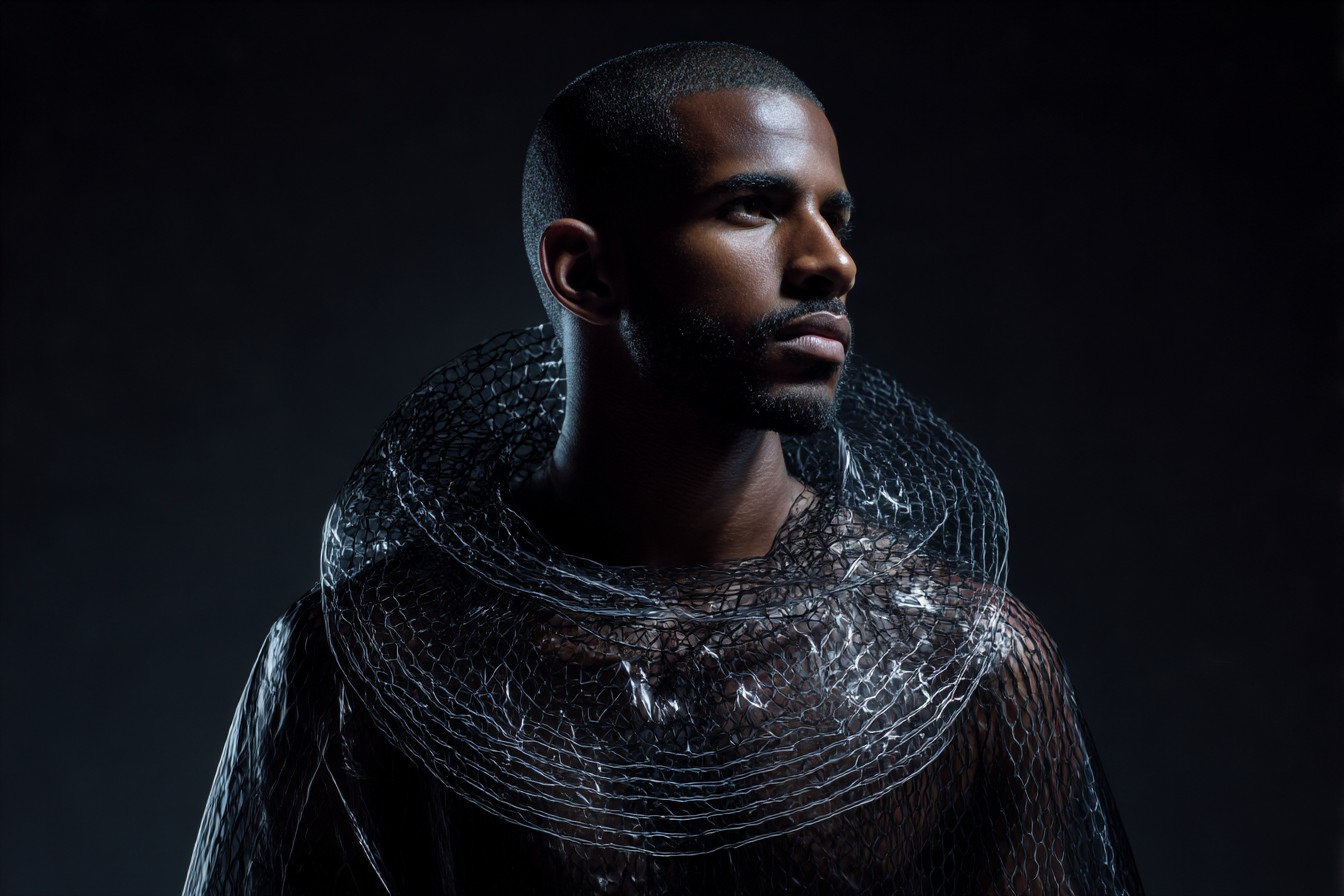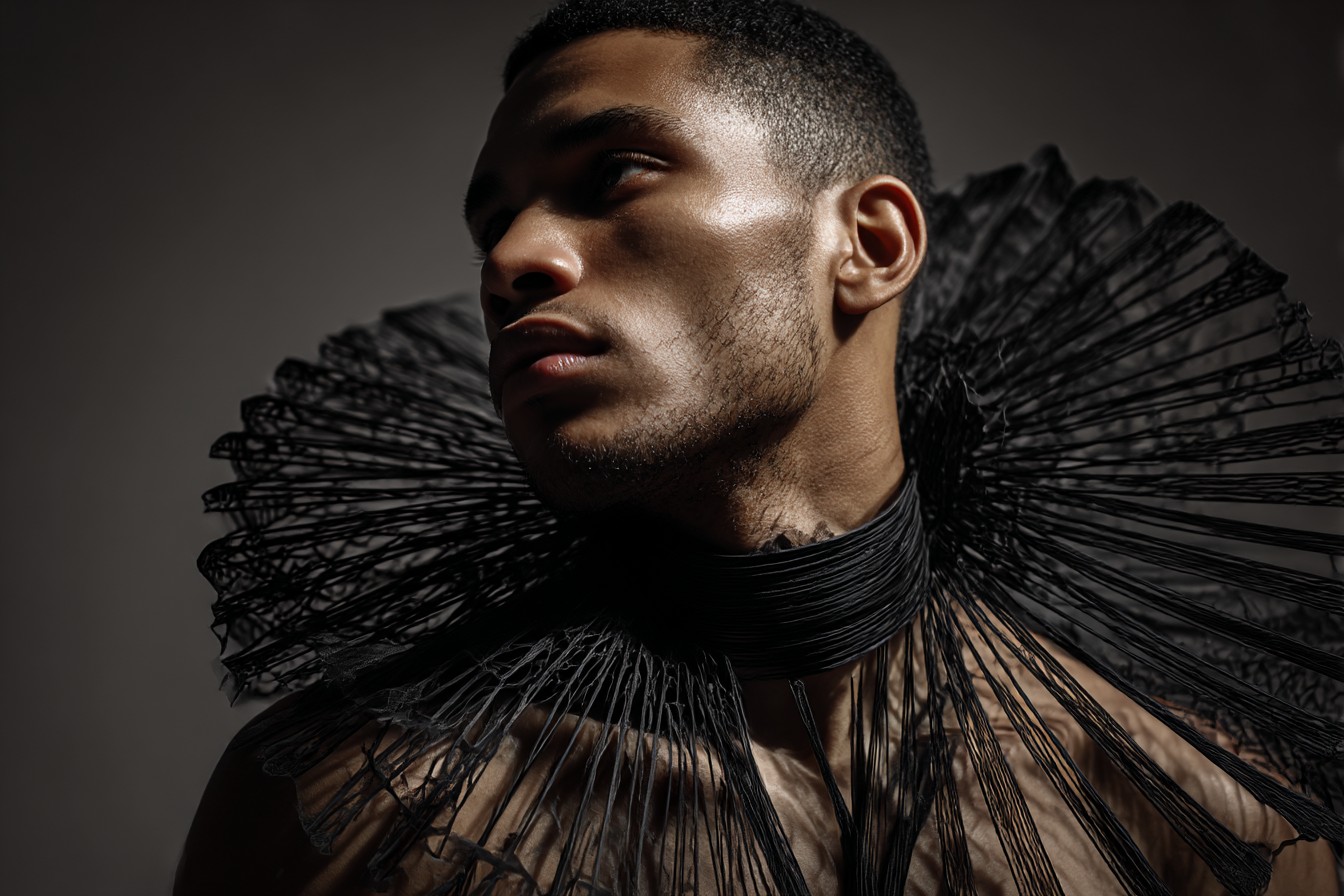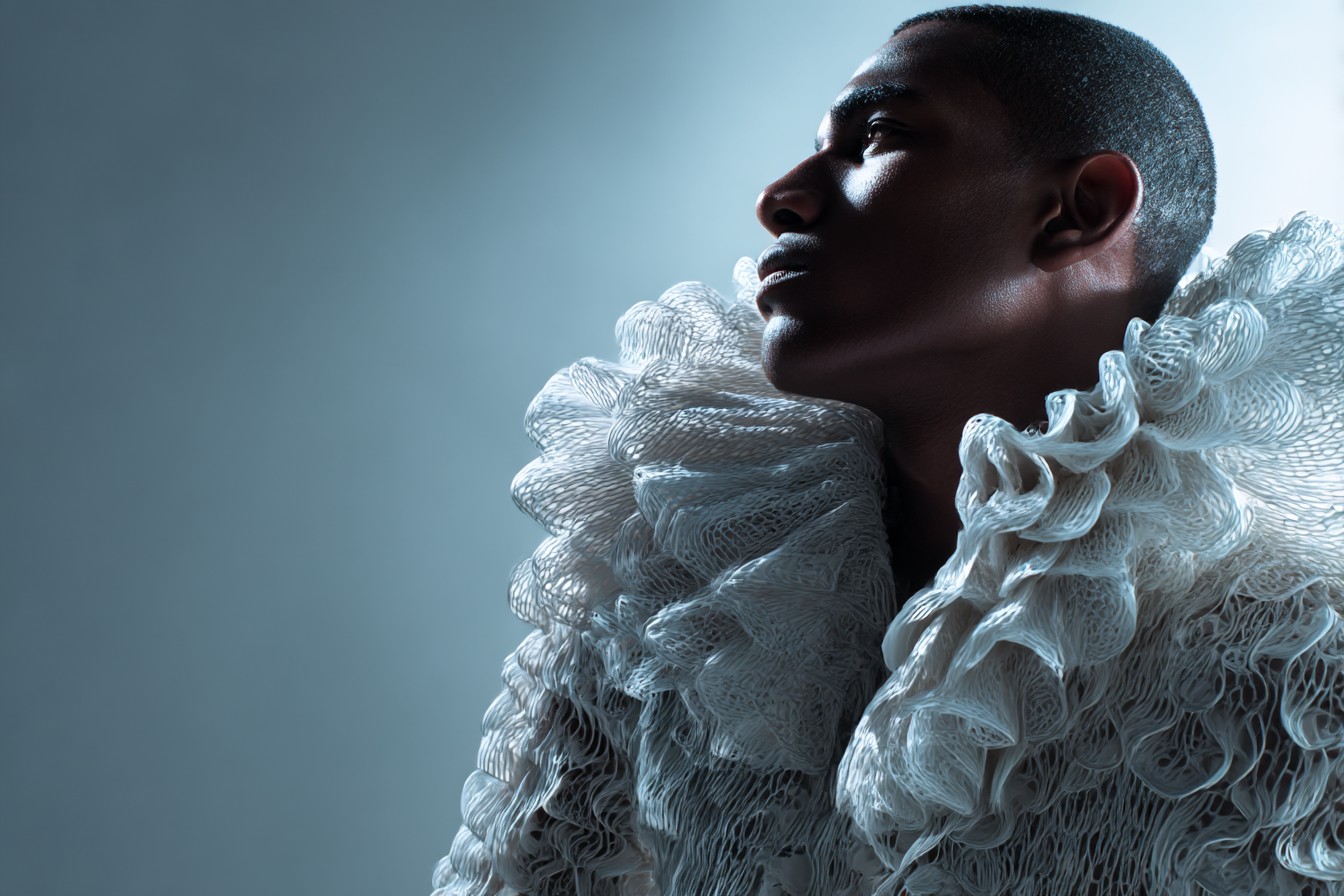I have a confession that would probably get my menswear card revoked if such a thing existed: my most expensive clothing purchase last year wasn’t a tailored suit or a handcrafted leather jacket – it was a ridiculously priced running shell from a Scandinavian athletic brand that cost more than my first car payment. My girlfriend nearly had an aneurysm when she saw the receipt. “It’s just a jacket you sweat in!” she protested, not unreasonably. Here’s the thing though – six months and roughly 500 miles later, it’s possibly the most justified splurge in my entire wardrobe. The damn thing performs exactly as promised through Chicago winter runs, New York spring downpours, and that one ill-advised trail excursion in Colorado where I nearly got hypothermia but my core remained perfectly temperature-regulated.

Athletic wear sits in this weird spot in the modern guy’s closet – simultaneously the most technical garments most of us own and also the pieces we subject to the absolute worst conditions. We expect them to wick sweat, regulate temperature, prevent chafing, and still look decent enough for a coffee run, all while literally throwing our bodies around in them and then stuffing them into gym bags to marinate until laundry day. And somehow, we’re still surprised when the $12.99 “performance” shirt from the discount store bin falls apart after three washes.
I’ve spent the last two years on what my editor half-jokingly calls “The Great Athletic Wear Investigation” – systematically testing premium sports brands against their budget competitors to answer the question: which expensive athletic stuff is actually worth the money, and which is just clever marketing wrapped in moisture-wicking polyester?
The testing protocol was simple but brutal. Each piece got worn during actual workouts (none of that “lounging around watching Netflix in Lululemon” nonsense that’s become pandemic-era normal), washed according to instructions, and evaluated for durability, comfort, and whether it actually delivered on its performance claims. I’ve logged around 200 running miles, 50+ strength training sessions, an embarrassing number of yoga classes where I was the only guy in the room, and exactly one disastrous attempt at CrossFit that we shall never speak of again. My laundry hamper has seen things, awful things.

Let’s start with running gear, where the price-to-performance correlation is probably the most justified. After testing basically everything on the market, I’ve found that premium running shorts from brands like Tracksmith, Saysky, and the somewhat-obvious Lululemon genuinely outperform their cheaper counterparts in meaningful ways. The difference isn’t just marginal either – we’re talking fundamental improvements in how they move with your body, how they handle sweat, and how they hold up over time.
The Tracksmith Session shorts ($72) initially seemed insane compared to the $25 options from big box sporting goods stores, but after 100+ miles, the cheaper shorts had already developed that lovely permanent crotch sweat stain and relaxed elastic that turns a once-supportive waistband into a constant game of “will these fall down during this sprint interval?” Meanwhile, the Tracksmith shorts still look nearly new. The built-in liner – usually the first thing to deteriorate in running shorts – has maintained its support, and the moisture management is noticeably superior. When you break it down by cost-per-wear and performance benefits, the premium actually makes sense.
Similar story with high-end running jackets and shells. That Scandinavian splurge I mentioned? It’s from a brand called Saysky, and despite the heart-stopping price tag, it’s outperformed every other running jacket I’ve ever tested. The breathability-to-weather-protection ratio is almost witchcraft – somehow it keeps rain and wind out while still letting enough air circulate that you don’t feel like you’re running in a plastic bag. For serious runners in variable conditions, these premium shells aren’t a luxury; they’re practically a necessity if you actually want to maintain your training schedule year-round.

Where the value proposition gets murkier is in basic workout tees and tanks. After testing everything from $9.99 big box store specials to $78 “technical training tees” (yes, that’s a real price for what is essentially a t-shirt), the performance gap simply doesn’t justify the extreme premium in most cases. The sweet spot seems to be in the $30-40 range from brands like Rhone and Ten Thousand, where you get tangibly better fabric and construction than budget options without the absolutely bonkers markup of the highest-end stuff.
A notable exception: if you’re someone who gets exceptionally sweaty or has skin sensitivity issues, the premium materials in brands like Lululemon’s Metal Vent Tech line really do make a difference in preventing that post-workout skin irritation that cheaper synthetics can cause. My perpetually drenched friend Mike swears the $78 Metal Vent shirts are the only ones that don’t give him what he eloquently calls “synthetic fabric rash” after his particularly swampy weightlifting sessions. For him, it’s basically a medical expense at that point.
Let’s talk about the weird world of “athleisure” – that nebulous category of clothing technically designed for activity but primarily worn for comfort and style. This is where you’ll find the most egregious markups with the least performance justification. Those $128 joggers with a designer logo? Nine times out of ten, you’re paying for branding and fabrication that looks premium rather than actually performs better.

The exception here comes from brands that started as legitimate performance companies before expanding into the lifestyle space. Lululemon’s ABC pants and Commission shorts genuinely use technical fabrics and construction methods from their performance line, just adapted into more casual silhouettes. The four-way stretch, gussetted construction, and moisture-wicking properties actually do make for a more comfortable everyday pant, especially if you’re someone who moves between sedentary and active throughout your day.
In the training/gym category, there’s one brand that consistently justifies its premium positioning: Ten Thousand. Their Interval shorts ($68) have survived everything from heavy barbell training to muddy outdoor boot camps without a single popped seam or failed component. The thoughtful details – perfect pocket placement that doesn’t interfere with movements, liner options based on support preference, actual useful features rather than decorative nonsense – show they’ve been designed by people who actually work out seriously. Compared to the $25-30 gym shorts from big sporting goods chains that typically start falling apart within months, the cost-per-wear math actually works out in favor of the premium option.
The most surprising finding from my testing? Socks – yes, socks – might be where the premium/budget divide is most dramatic in terms of actual performance. After logging hundreds of miles in everything from bargain-bin six-packs to eye-wateringly expensive specialty running socks, the difference is undeniable. Brands like Feetures, Balega, and Swiftwick create products so superior to standard athletic socks that it’s almost unfair to compare them. The targeted compression, blister prevention, and durability aren’t just marginal improvements – they fundamentally change how comfortable your feet are during and after activity.

I’ve had $15 pairs of Balega running socks outlast six or seven pairs of cheaper alternatives, making them actually less expensive in the long run while delivering significantly better performance. When my non-runner friends balk at spending double-digit dollars on a single pair of socks, I’ve started asking them how much their feet are worth to them. Seems to put things in perspective.
Now let’s address the elephant in the performance-wear room: compression gear. After testing compression tights and tops from brands across the price spectrum, I’ve found that the premium brands (2XU, especially) do deliver measurably better graduated compression – meaning they actually apply different pressure levels across different parts of your body, rather than just being really tight spandex. For serious athletes doing intense training or requiring maximum recovery support, this technical difference matters. For the average gym-goer doing a standard workout? Probably not enough to justify the price gap.
As for those altitude training/oxygen restriction/body-heat-maximizing gimmick garments that pop up with outrageous claims and equally outrageous price tags? Save your money. I’ve tested several, and the only thing they reliably restrict is your bank account.

The most underrated premium athletic purchase might be cold-weather base layers. After testing essentially every major brand from bargain to boutique, the performance gap between budget synthetics and premium options from brands like Icebreaker, Smartwool and Tracksmith becomes dramatically apparent once the temperature drops below freezing. The difference in warmth-to-weight ratio, moisture management, and – let’s just say it – stink prevention justifies the investment if you’re serious about outdoor winter training.
One category where premium prices are almost never justified? Anything sold as “golf lifestyle” that isn’t actually used on a golf course. The markup on these items is astronomical compared to their actual performance characteristics. You’re basically paying country club membership fees built into the cost of a polo shirt.
My most unexpected discovery throughout this extended experiment has been how the warranty and repair policies of premium brands can actually make them better value propositions in the long run. When my Rhone shorts developed a weird seam issue after about a year of heavy use, they replaced them without question. When the zipper on my Lululemon jacket broke, they repaired it for free. That level of service is factored into those premium prices and can dramatically extend the useful life of your athletic gear.
After all this testing, my athletic drawer has become this strange hybrid – bargain basics sitting next to embarrassingly expensive specialized pieces, each earning its place based on actual performance rather than price tag or brand cachet. My running gear skews heavily premium because the functional benefits are undeniable for the mileage I put in. My general gym rotation includes more mid-tier pieces because the performance-to-price ratio makes more sense for activities where I’m not pushing environmental or endurance extremes.
The next time you’re experiencing sticker shock in the athletic department, ask yourself one question: is this something I do seriously enough, frequently enough, that incremental performance improvements would actually impact my experience? If you’re running five days a week in all weather conditions, that premium shell might be the most sensible wardrobe investment you could make. If you’re mostly just wearing workout clothes to look athletic while walking the dog, save your money for something else.
And those ridiculously expensive Scandinavian running shorts I mentioned at the beginning? Worth every penny for the simple fact that they’ve survived more than 100 washes without deteriorating, while I’ve bought and discarded at least six pairs of budget alternatives in the same timeframe. The math doesn’t lie, even when the initial price tag makes you sweat more than the workout itself.



